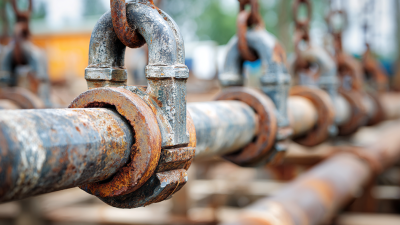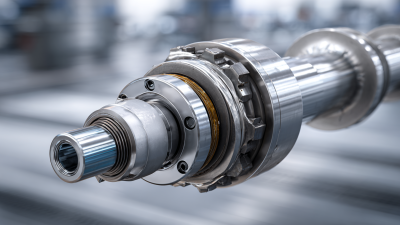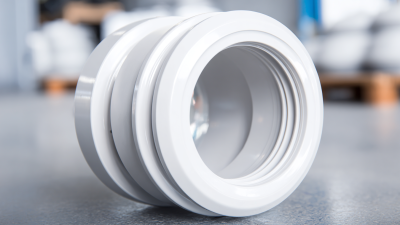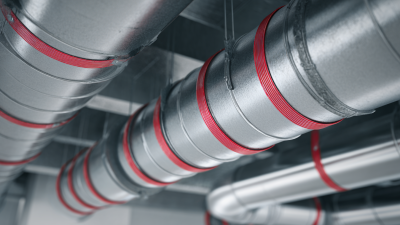When embarking on DIY projects, selecting the right tools is just as crucial as the project itself. Among the often-overlooked components is the hose clamp, a small but vital part that can significantly impact the success of your work. Whether you are working on plumbing, automotive repairs, or crafting unique creations, understanding the different types of hose clamps available and their specific applications can save you time, money, and frustration. This guide will delve into the best hose clamp options suited for various tasks, providing insights into the materials, sizes, and mechanisms that will ensure a secure and lasting fit. By the end of this guide, you'll be equipped with the knowledge to make informed decisions, guaranteeing that your DIY projects are not only efficient but also successful.

Choosing the right hose clamp for your DIY projects is crucial to ensure secure fittings and prevent leaks. There are various types of hose clamps tailored for different applications. For instance, worm gear clamps are widely used for their versatility and ease of adjustment, while spring clamps offer a lightweight solution for softer hoses. According to recent studies, the use of proper hose clamps can decrease the frequency of leaks by up to 30%, emphasizing their importance in both plumbing and automotive contexts.
When selecting a hose clamp, consider the specific needs of your project. Tips to keep in mind include using stainless steel clamps for corrosion resistance, especially in outdoor or humid environments, and ensuring the clamp size matches the diameter of the hose you are working with. Additionally, for heavy-duty applications, opting for a heavy-duty band clamp can provide added security.
Remember that the quality of your hose clamps directly affects the longevity of your projects. Investing in reliable clamps can prevent costly repairs down the line. As noted in industry reports, securing your hoses correctly not only maintains system integrity but can enhance overall performance, making the choice of the right clamp a vital step in any DIY undertaking.
This bar chart illustrates the popularity of different types of hose clamps used in DIY projects. Stainless steel clamps are the most popular choice among DIY enthusiasts, followed by plastic and T-bolt types.
When embarking on DIY projects, selecting the right hose clamp is crucial for ensuring durability and efficiency in your work. Key factors to consider include the material of the clamp, the size and type of hose, and the application environment.
Stainless steel clamps, for example, offer corrosion resistance, making them ideal for outdoor or high-humidity applications. According to a report from the Hose Clamp Manufacturers Association, approximately 40% of failures in hose connections can be traced back to the use of improper clamping solutions.
Tip: Always measure your hose's diameter accurately before purchasing a clamp. A clamp that is too loose will not provide adequate sealing and may lead to leaks, while one that is too tight can damage the hose.
Another critical consideration is the type of clamp mechanism. While worm gear clamps are versatile and widely used, spring clamps may be better suited for applications requiring frequent adjustments. Research indicates that using the correct type can extend the lifespan of hose assemblies by up to 50%.
Tip: Evaluate the specific needs of your project before making a decision. For instance, high-pressure applications often require clamps with a higher tensile strength, while low-pressure situations might not.
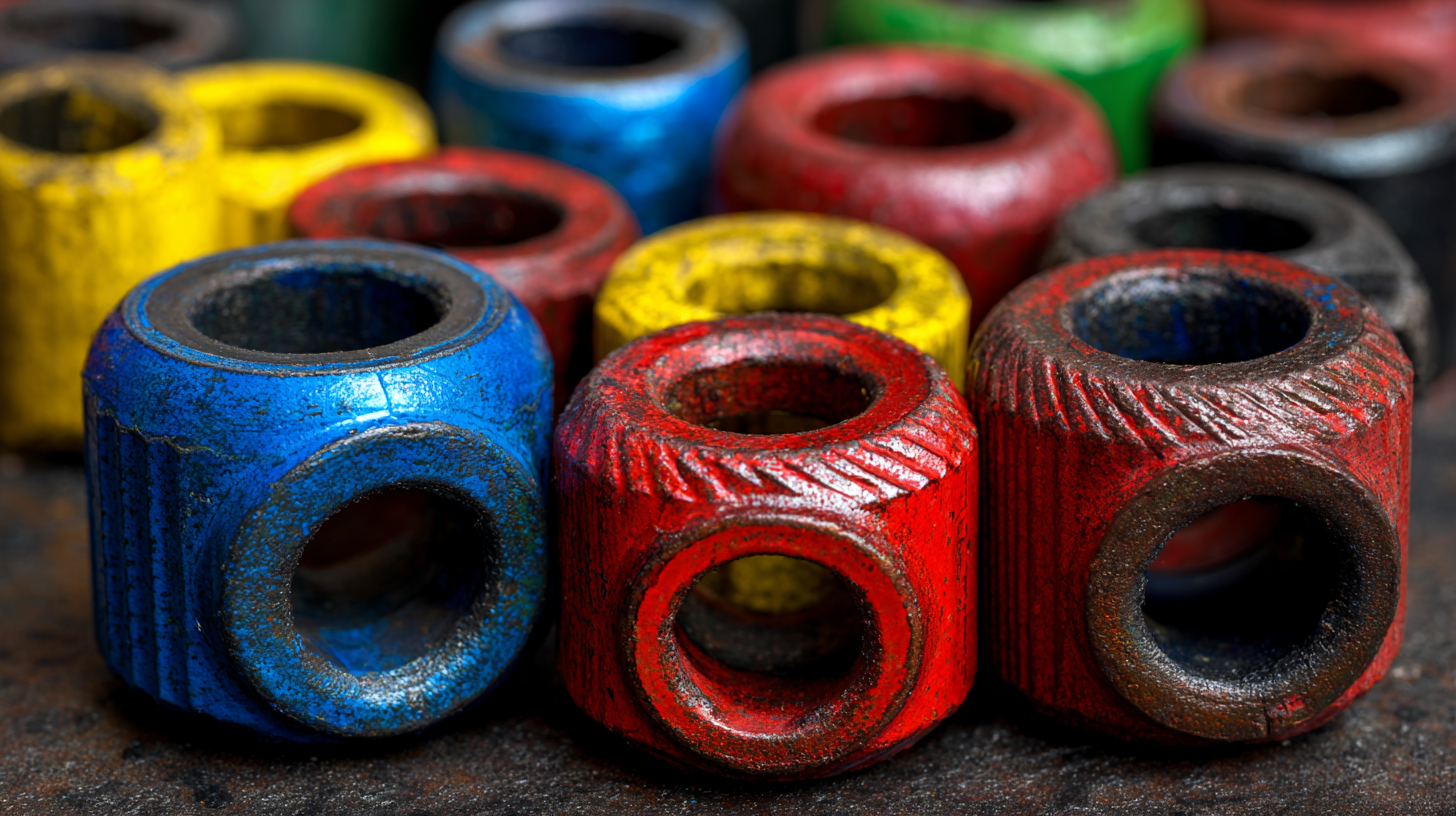 When it comes to selecting the right hose clamp for your DIY projects, the material of the clamp plays a crucial role in its durability and effectiveness. Here are the top five materials to consider: stainless steel, zinc-plated steel, nylon, brass, and silicone. Each of these materials has unique properties that cater to different applications.
When it comes to selecting the right hose clamp for your DIY projects, the material of the clamp plays a crucial role in its durability and effectiveness. Here are the top five materials to consider: stainless steel, zinc-plated steel, nylon, brass, and silicone. Each of these materials has unique properties that cater to different applications.
Stainless steel clamps are favored for their strength and resistance to corrosion, making them ideal for outdoor or high-moisture environments. On the other hand, zinc-plated steel clamps offer a more cost-effective solution while still providing decent rust protection, though they are not suitable for prolonged exposure to saltwater.
Tip: When choosing a hose clamp, always assess the environment it will be exposed to. For high-temperature applications, choose clamps made of materials that can withstand heat without losing their grip or integrity.
Nylon clamps are lightweight and resistant to corrosion, making them perfect for lightweight hoses and where metal clamps may cause damage. Brass clamps are known for their exceptional strength and resistance to rust, though they are typically used in more specialized applications. Lastly, silicone hose clamps are flexible and great for securing softer hoses without causing damage.
Tip: Always double-check the clamp size to ensure a secure fit; a poorly fitted clamp can lead to leaks or even hose damage, compromising your project’s success.
When using hose clamps for your DIY projects, there are several common mistakes that can lead to frustration and ineffective results. One of the most frequent errors is choosing the wrong size clamp. Using a clamp that is too loose may cause leaks, while one that is too tight can damage the hose material, leading to tears or cracks. Always measure the diameter of the hose accurately before purchasing a clamp.
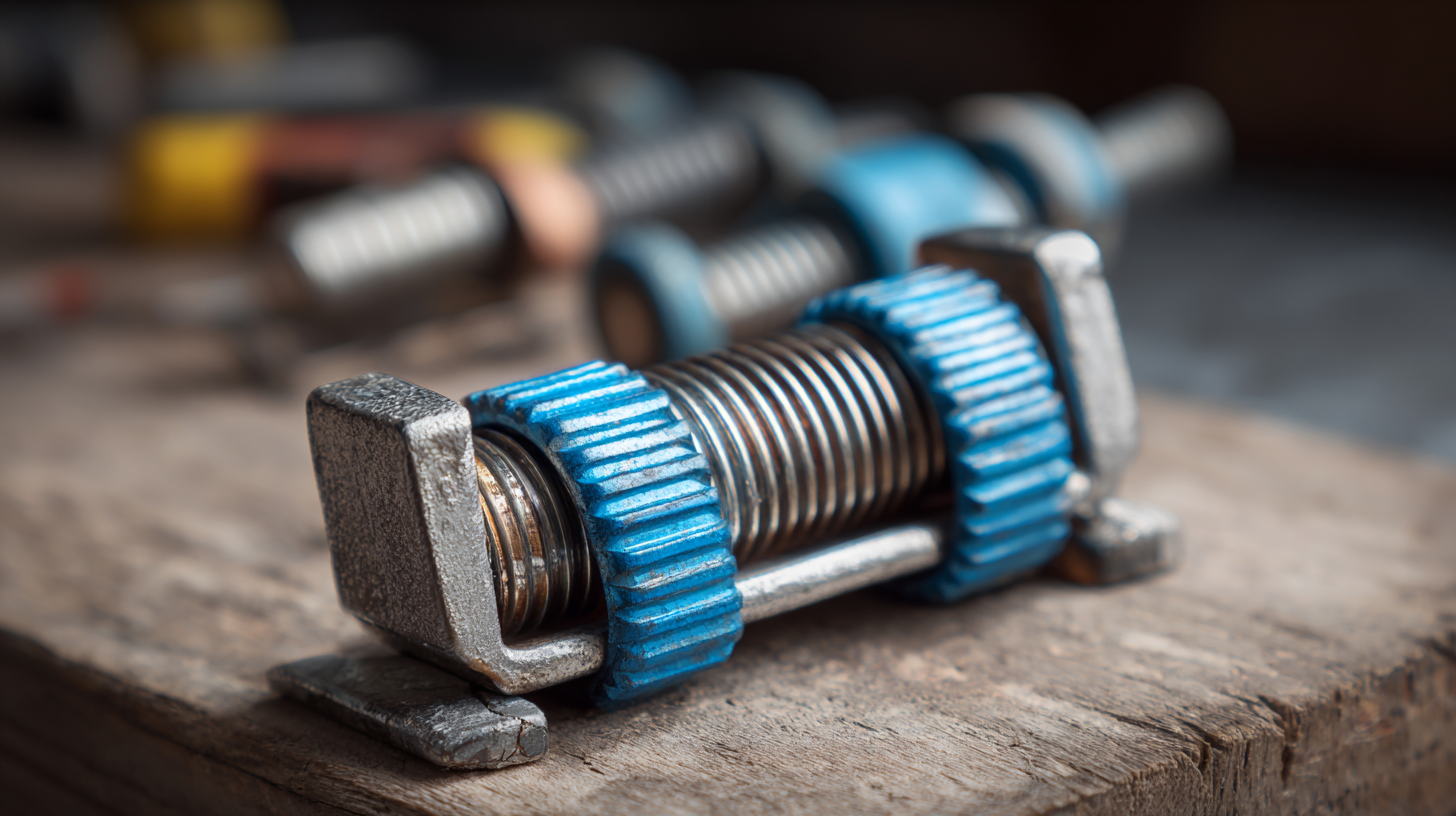
Another mistake to watch out for is failing to clean the hose before installation. Dirt, debris, or moisture can prevent the clamp from forming a secure seal, again risking leaks. It’s crucial to ensure that both the hose and the clamp are clean. Additionally, many DIY enthusiasts neglect to double-check the tightness of their clamps after installation. Over time, hoses can shift, and this may cause clamps to loosen, which can be easily rectified by periodic inspections. By avoiding these common pitfalls, you can ensure a successful and long-lasting connection for your projects.
When it comes to successfully installing hose clamps, following best practices can make all the difference. First and foremost, ensure you select the right size clamp for your application. A hose clamp that is too tight can damage the hose, while one that is too loose can lead to leaks. Measure the diameter of the hose and choose a clamp that fits snugly around it, providing a secure hold without excess pressure.
Another crucial tip is to install the hose clamp with the screw facing outward. This not only makes it easier to tighten or loosen the clamp in the future but also ensures that it is accessible should adjustments be necessary. Always use the appropriate tool, such as a screwdriver or a socket wrench, for tightening. Avoid overtightening, as this can strip the threads and compromise the integrity of the clamp.
Lastly, consider using a backup plan for added security. For high-pressure applications, placing a rubber grommet or using a double clamp technique can help prevent any potential slippage. Changes in temperature and pressure can affect the grip of a hose clamp, so these additional measures can provide peace of mind for any DIY project.
| Clamp Type | Material | Size Range (inches) | Best Application | Installation Tips |
|---|---|---|---|---|
| Stainless Steel Worm Gear | Stainless Steel | 1/2 - 2 | Automotive, Hoses | Ensure clamping surface is clean and dry. |
| Spring Hose Clamp | Carbon Steel | 3/8 - 1 | Fuel, Water Lines | Use pliers for effective compression. |
| Plastic Hose Clamp | Polypropylene | 1/2 - 1.5 | Garden Hoses | Avoid over-tightening to prevent cracking. |
| T-Bolt Clamp | Galvanized Steel | 1 - 4 | Turbo Intercooler Hoses | Use a torque wrench for precise tension. |
| Hose Clip | Stainless Steel | 1 - 3 | Household Plumbing | Ensure a snug fit without damaging the hose. |


